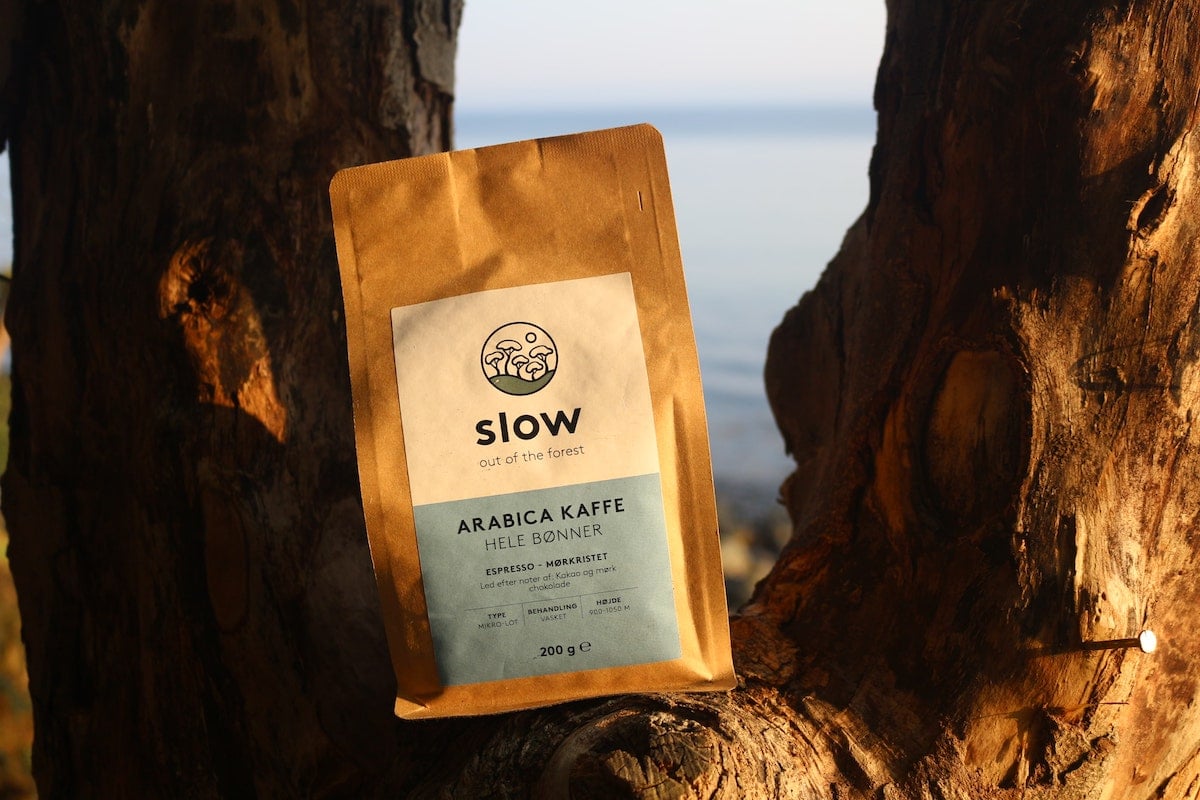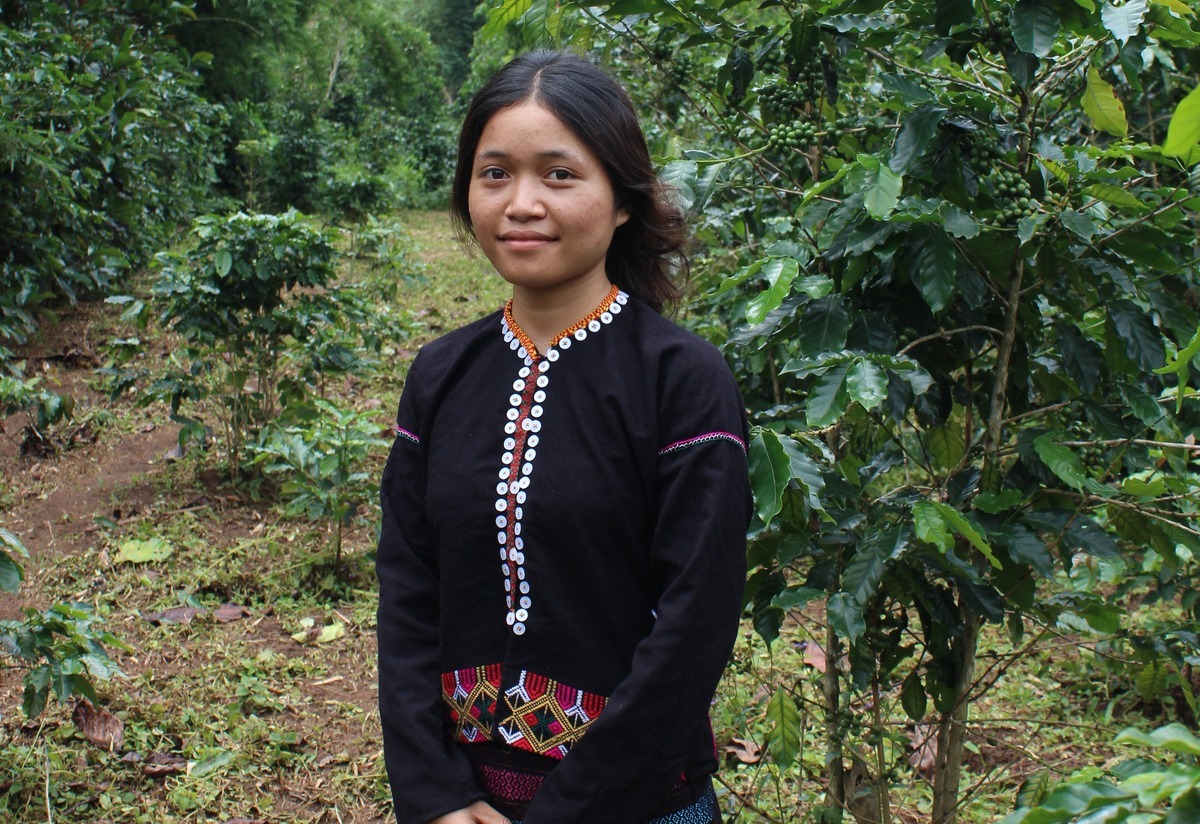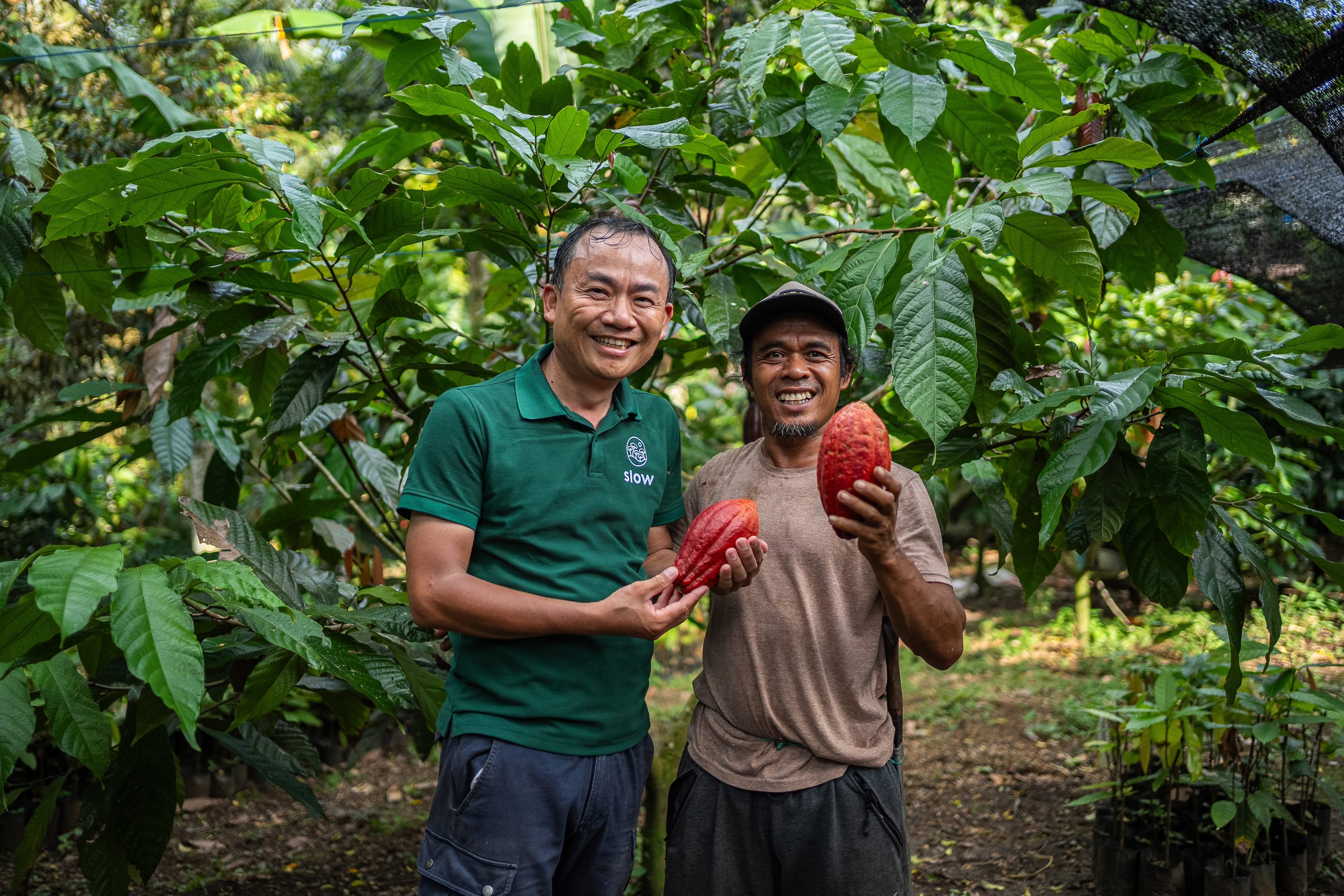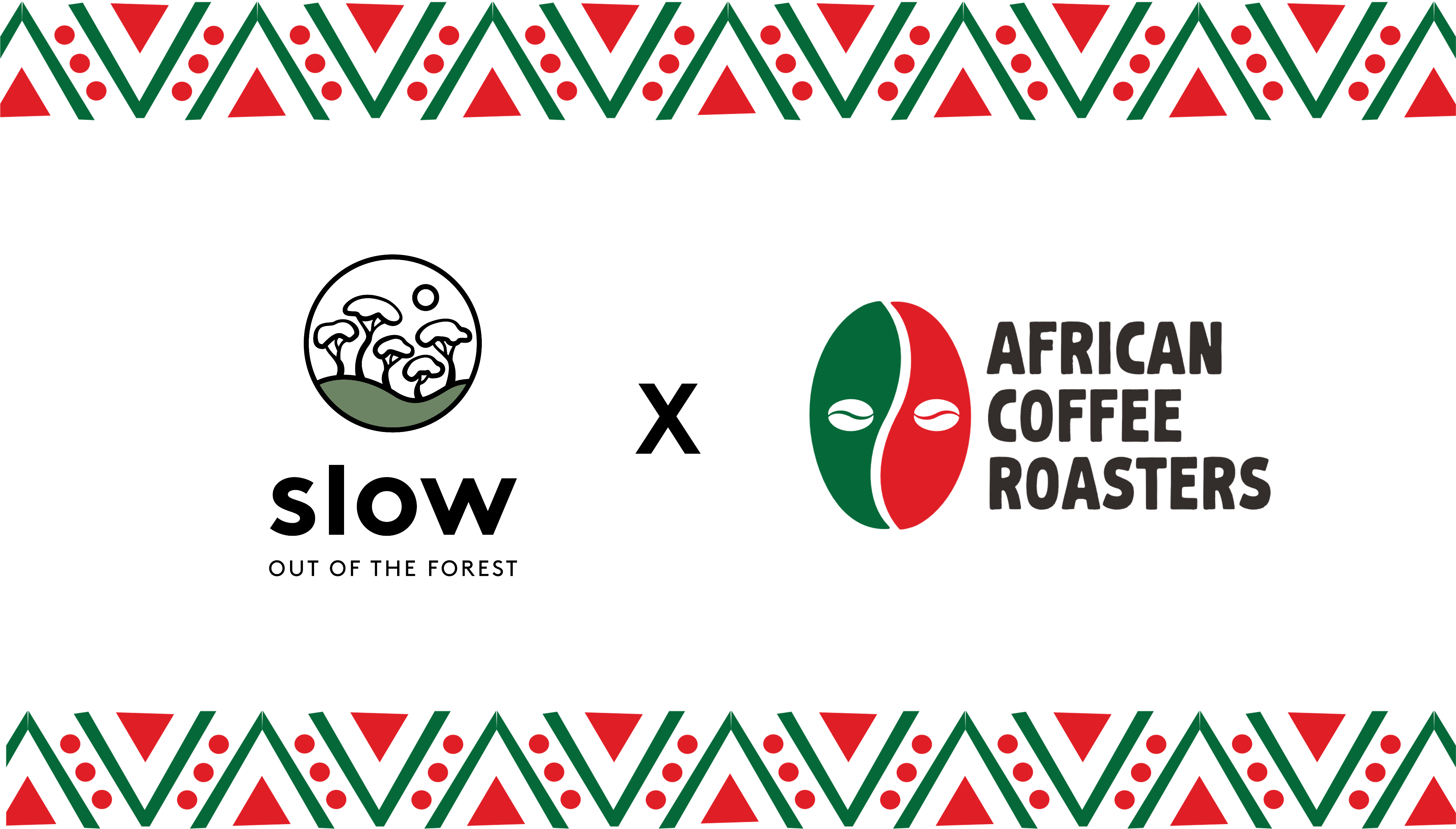What happens when coffee meets a forest?
Climate pressures are rising. In one Vietnamese coffee region, farmers are turning to agroforestry to secure yields, restore soils, and keep supply...

Great quality of a coffee by Slow
Did you know that there are tons of things that affect the quality of your cup of coffee? Making high-end quality coffee starts with growing and picking coffee berries and ends in brewing the final cup of coffee. Slow ensures quality by handling the whole process from the plot to your cup. To learn more about the process of a perfectly produced coffee bean, read further!
Slow coffee grows naturally among the natural shade of trees in smallholder plots in the Bolaven plateau, Southern Laos. The trees improve the quality of coffee by slowing down the ripening of coffee berries. They also provide the coffee with nutrients as well as ideal growing soil. The flavours of the coffee berry have time to develop too.
Slow farmers do not use any artificial fertilizers or chemical pesticides, so the taste and colour of the coffee come only from genuine and organic ingredients. The quality of the coffee bean has a very big influence on how your coffee tastes!
Did you know that the coffee bean is a berry? Every Slow coffee berry, also called a cherry, is harvested by hand. The berries ripen in different stages, so the Slow farmers spend a lot of time going around the plots to monitor the ripeness during the harvest season.
Every Slow coffee berry is handpicked ripe and fresh – this has a big influence on the quality of coffee. This requires a lot of work and precision, and we have trained our farmers to pick out the best berries with tools like a cherry red colour card!
Coffee berries need to be processed the same day they are picked. The farmers bring the berries to their micro-processing units and remove the fruit or “meat” from the berry with a pulping machine. This process is called wet milling. Slow farmers are trained to be careful and to remove all the sticks or leaves before feeding the berries into the machine.
After the pulping, coffee beans are immersed in a water tank for a natural fermentation process. This process breaks up the sugary and slimy substance (mucilage) around the bean and makes it easily removable.
The following morning the farmers wash the coffee beans and take them out to dry on so-called drying tables for 10 to 14 days. Our farmers monitor the moisture levels of the beans and turn the beans regularly around with a rake.
Monitoring the moisture level of the beans is important and every Slow Village unit has its digital moisture meter.
The ideal moisture per cent is around 10-11%, which is reached in around 2 weeks!
This is not the final stage of the coffee beans, though the beans are yellowish and resemble green beans a lot. There is still a dry “skin” layer on the bean, which is called parchment.
The next step in the processing of the coffee beans is dry milling. Dry milling refers to the process in which the parchment is removed. After this, the beans are once more cleaned thoroughly and polished, so that no there are no possible impurities.
When the parchment has been hulled away and the coffee beans have been cleaned for the last time, the final sorting begins. Sorting is a multi-step process including grading by size, weight, and color.
After dry milling, the green beans are packed into jute and plastic lining bags and are ready for export!
Each Slow coffee batch is typically processed and packed individually so that we can maintain the lot identity from lot to cup.
These all are important stages, which ensure the taste of your cup of coffee. However, after the delicate processing of coffee beans, several other things influence the quality of coffee such as roasting, grinding, and brewing.

Slow coffee quality is guaranteed to start from scratch
There are many kinds of roasted coffees, such as instant coffee and coffee capsules, all of which are manufactured and consumed in different ways. In this post, we focus on regular roasted coffee.
Slow farmer families grow both arabica and robusta coffee varieties, but major of our coffee is arabica. Arabica coffee is sweeter and softer than the harsher and stronger robusta type. Arabica is more high-quality and refined than robusta, as the names also imply.
Robusta is usually suited better for morning coffees and espressos because of its almost twice higher caffeine percentage!
The process of roasting coffee beans is important – this is when the fats from coffee beans turn into aromas. Did you know that different roast levels – light, medium, and dark – depend on how long and at how high temperature the coffee beans are roasted?
Check out our blog post about different roasts here!
The quality of Slow coffee is ensured by good roast profiles. Our Slow roast profiles are designed by one of the leading coffee roasting specialists in Scandinavia, Danish roastmaster Michael de Renouard. Our coffee specialists in Denmark and Finland roast coffee with an environmentally friendly and energy-saving Loring machine, the king of all coffee machines!
After roasting, the quality of coffee is ensured by packing it into heat-sealed coffee bags straight away. Later, you can also influence the taste of your coffee by choosing different grind sizes for different kinds of beans (unless the coffee is pre-ground).
There are two main variants: espresso and filter coffee. Espresso coffee requires a fine grind, whereas filter coffees require coarse-to-medium grinds.
Using very fine grind with a filter machine can result in bad tasting or over-extracted coffee, as using too dark and oily filter-suitable beans for espresso machines can even clog the coffee machine.
In addition to the grind settings, making the best coffee ever requires different brewing methods, temperatures, and times. Brewing means extracting the coffee with water, which can be done also in many different ways.
Slow coffee quality is guaranteed to start from scratch. The value chain starting with our farmer's work in Laos to your bag of roasted beans is traceable in every step.
While helping the environment and smallholder farmers, you also get great-tasting coffee for quality-conscious minds!

Climate pressures are rising. In one Vietnamese coffee region, farmers are turning to agroforestry to secure yields, restore soils, and keep supply...

Earth Day reminds us that change doesn't have to wait for sweeping policy or perfect systems. Often, it starts with something as simple—and as...

Big news from Slow. African Coffee Roasters is now part of the Slow family. And this isn’t just an acquisition—it’s a major step forward in how...